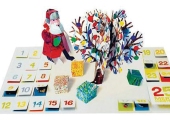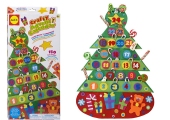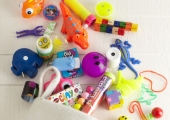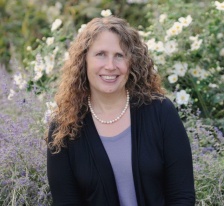 Today’s post is a guest post from Renee Bock, the Chief Academic Officer of Explore+Discover, an early learning center in New York City that offers quality care and education for infants and toddlers. You can visit Explore + Discover on KidAdmit to learn more about their programs and apply!
Today’s post is a guest post from Renee Bock, the Chief Academic Officer of Explore+Discover, an early learning center in New York City that offers quality care and education for infants and toddlers. You can visit Explore + Discover on KidAdmit to learn more about their programs and apply!
After a baby is born, parents who are preparing to return to work naturally seek the very best options for child care. Whether a child will be with a nanny, at a childcare center or with family, the choice is more personal and important than almost any other we make at this stage of our child’s life—and parents need to feel good about their choice. It has to be affordable. It has to be safe. And beyond those essentials, we want to feel like we’re leaving our young children in a situation in which they’ll feel happy, loved, engaged, and cared for.
But just as all nannies are not alike, neither are all day care centers—and I would encourage anyone interested in day care to shop around a bit. Once you start touring (and you must) you’ll see a huge range in quality.
Start with your local Licensing Department or the Department of Health and Human Services to make sure your center is licensed. While this may sound bureaucratic, it is essential. The states is on your side in this case and they are ultimately responsible for the safety of each child in every center—almost serving as your advocate while you are at work. They oversee the safety of the physical space including adherence to the fire codes, the sleeping arrangements, the professional qualifications of the director and teachers, access to playground space and assurances that children are immunized according to schedule. No water, center too hot or cold for children, an unsafe condition of any kind, and the state will close a center down. Period. Your state will also likely have a website where you can ensure that a center is licensed and operating legally, determine if the center’s ratio and size are in compliance, or if they are exceeding the baseline recommendations.
Don’t stop with these safeguards. There are other considerations you should look for in a center that will become your child’s home away from home:
1) Professional Staff That Stays: The director and as many teachers as possible should have formal expertise in early childhood education and/or child development. Knowing how to talk to children, what typical development looks like and how to foster learning are all crucial. Staff stability from year to year is also important.
2) Clean Environment: The space should be beautiful, light, inviting and smell good. See some dust bunnies and chances are there are some cleaning problems. It is also important to rely on your gut feelings. There should be nothing distasteful about the space.
3) Safety Plans: The center should have formal and published safety plans and policies. They should outline monitoring of drop off and pick up of children; systems for guaranteeing that only approved people have access to your child; how and when practice drills are conducted for fire and other emergencies; and the location of the emergency pick up point outside the center in case communications are down. The plans should also underscore that the staff is trained in safe sleep practices and what to do if a child gets lost.
4) A Mission Statement: A quality center will have a mission statement that expresses the core of its values and philosophy and that statement should make you feel personally connected and aligned.
5) A Curriculum: A center for children as young as 3 months old should have a curriculum and an approach to learning clearly defined that also outlines a way of communicating the learning process with you. The curriculum must take into account children’s social and emotional development. It should also recognize and promote the importance of attachments to adults and care as crucial to children’s education and overall well-being.
6) Professional Development: Everyone at a center is a learner or should be (including parents). In order for teachers to be engaged they need to be challenged and inspired, expanding their background on early learning as well as practical considerations for things like safe sleep practices, CPR and First Aid. Centers that devote resources to professional development have happier teachers and happier kids.
7) Health Policies and Procedures: Center of choice should have published policies and practices that among other things track immunizations, are clear about dismissal procedures when a child is sick, how information is communicated when there’s contagious illness in a classroom, etc. The center should also run developmental assessments twice a year to make sure children are progressing and there are no concerns.
8) Welcoming to Parents: The center should have an open door policy for parents to stop by at any time. Additionally, there should be regular communication between the center and home, parent teacher conferences, newsletters from teachers and notes from the director. When you have concerns you should feel heard even when you disagree with a teacher or director.
9) Offer a Network of Support: Children, families and centers face different challenges and there are times when advice from an outside expert is needed. Great centers have contacts with therapists, doctors and others who can get involved. Strong centers often feature talks by professionals and parenting becomes part of the curriculum.
10) Have an Extra Something: Every center has a little extra something, a spark that you can’t quite put your finger on, that gives it a unique flavor. It could be the social events for families, a music or art program, the way the teachers talk to the children, the outdoor space. Positivity can’t always be explained.
One sure sign that a center is a special place is when it is passionately supported by parents, particularly when families encourage their friends to join. The fact that parents want to merge their personal circle with the center says it all. When you take a tour, ask to meet your child’s teachers and ask if there’s a parent you can call as a reference.
Before you start you are likely to feel a bit nervous; it’s natural. But once you make it through your first week and establish a routine, you should be comfortable. You’ll go to work with a lightness in your step knowing your baby is in very good hands.
Renee Bock is a dedicated early childhood educator, who is currently the Chief Academic Officer at Explore+Discover, a social learning center in Manhattan that is committed to setting the standard for infant and toddler care and education. Renee has more than a decade of experience in the field and holds a Master’s in Early Childhood Education from Bank Street College in New York. She has three sons, Ariel (16), Raffi (14), and Shaya (13). She can be reached at Renee@K3Learn.com


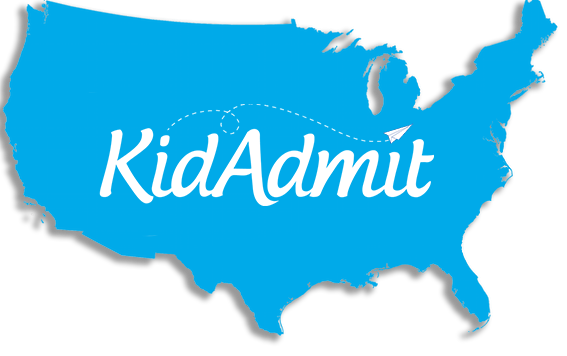

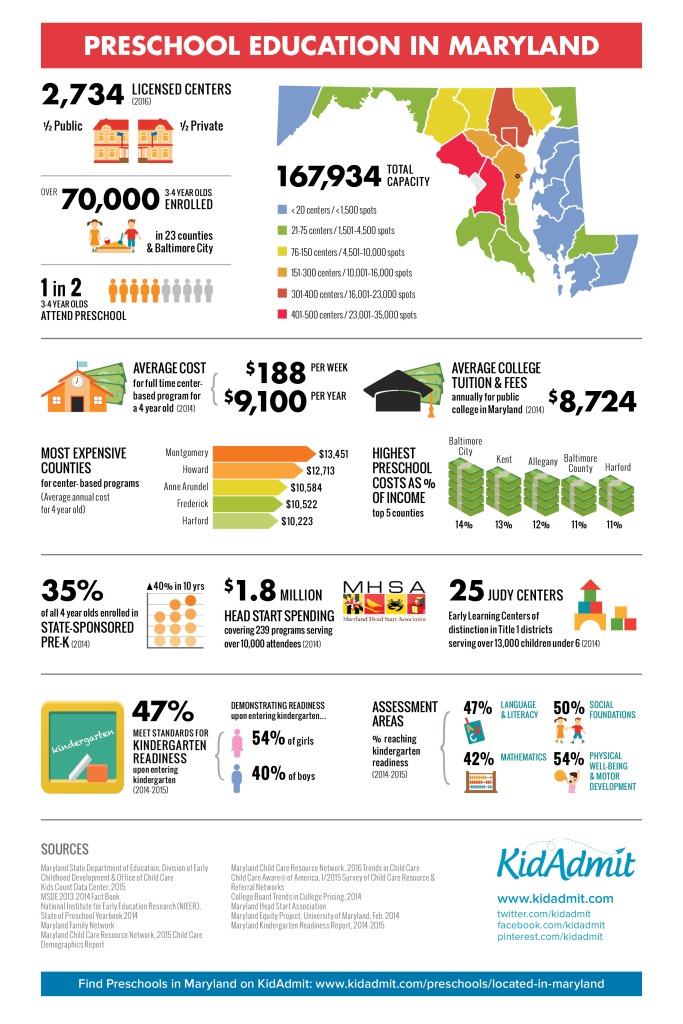
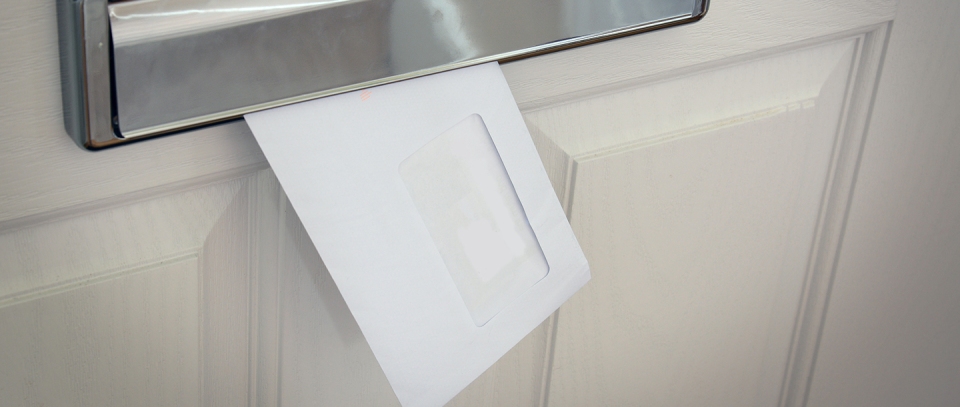 March is the time when preschools send out the long-awaited letters for preschool admissions. You may be one of the many families to receive notifications that you’ve been placed on the waitlist. After all the hard work of applying, you may be frustrated and more anxious than ever. So what can you do?
March is the time when preschools send out the long-awaited letters for preschool admissions. You may be one of the many families to receive notifications that you’ve been placed on the waitlist. After all the hard work of applying, you may be frustrated and more anxious than ever. So what can you do?
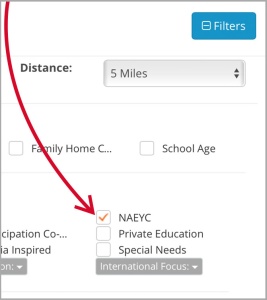 *TIP: You can search for NAEYC-accredited schools on KidAdmit. When typing in your search address, click on “Filters” and select the “NAEYC” checkbox.
*TIP: You can search for NAEYC-accredited schools on KidAdmit. When typing in your search address, click on “Filters” and select the “NAEYC” checkbox. Today’s post is a guest post from Renee Bock, the Chief Academic Officer of
Today’s post is a guest post from Renee Bock, the Chief Academic Officer of 
 Step 1 – Get Educated
Step 1 – Get Educated Step 2 – Learn the Landscape
Step 2 – Learn the Landscape Step 3 – Get in there
Step 3 – Get in there It may not be officially back to school season but rest assured, you’re not alone if you’re one of the many parents with anxiety over an upcoming school visit. January is a big time when it comes to the preschool search because it kicks off child visit time in earnest.
It may not be officially back to school season but rest assured, you’re not alone if you’re one of the many parents with anxiety over an upcoming school visit. January is a big time when it comes to the preschool search because it kicks off child visit time in earnest.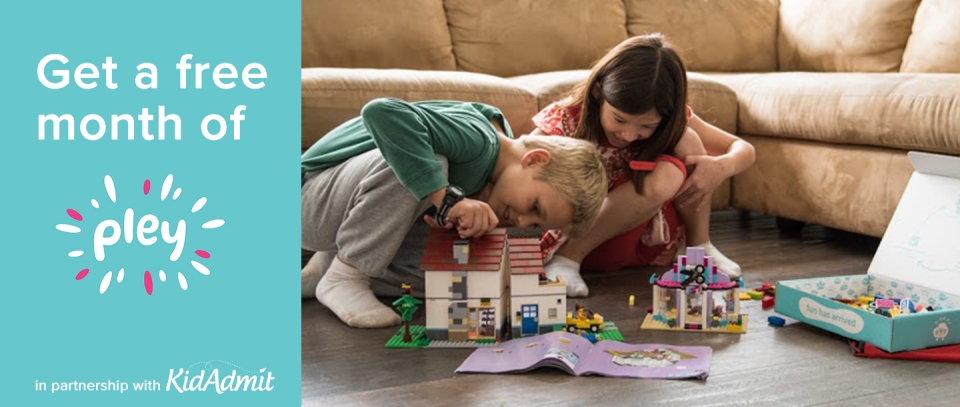
 The countdown to Christmas has begun! Advent calendars can be a fun way to help children visualize and understand the countdown leading up to December 25th. Developmentally, advent calendars also present an interactive way for preschoolers to learn number and shape recognition.
The countdown to Christmas has begun! Advent calendars can be a fun way to help children visualize and understand the countdown leading up to December 25th. Developmentally, advent calendars also present an interactive way for preschoolers to learn number and shape recognition.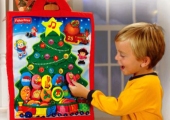 1.
1. 
